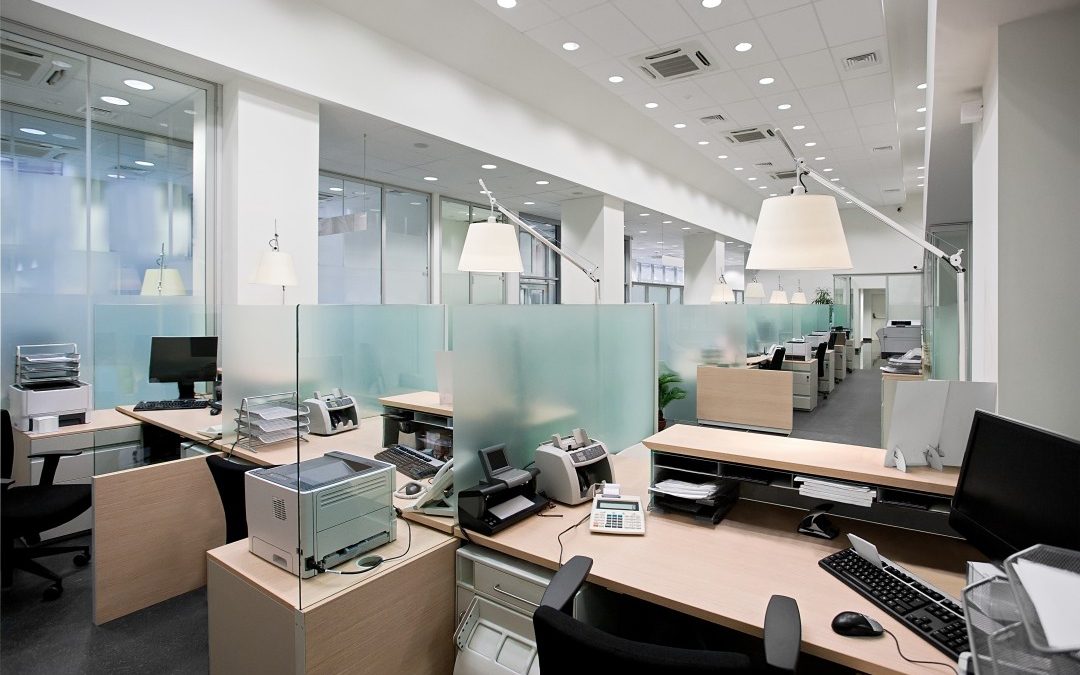3 tips to improve the employee experience as we unwind COVID-19 restrictions
We went into lockdown almost overnight but unwinding the COVID-19 restrictions will be much more complicated and protracted. Anyone leading a team, or responsible for employee engagement, will need to strike a balance between the physical safety and emotional wellbeing of their colleagues, when breathing life back into workplaces.
Governments have set out roadmaps to re-open societies and businesses. The timelines vary, but the consensus is that until there is a vaccine and/or effective treatment for COVID-19, restrictions, including social distancing, will be a feature of our work and personal lives. All going well, we may be close to a vaccine next summer, so this is our reality for a while to come and it demands some strategic thinking.
Businesses that have had a significant percentage of employees working from home or furloughed, are planning for careful re-opening of workplaces and are re-configuring offices to make sure they are safe for employees and customers. However, before you get too far down the line on the ‘return to work’ forms, erecting Perspex screens and removing chairs from meeting rooms, stop and think in the round about the employee experience.
Yes, the infrastructure and hygiene protocols are important, but they are such a small part of the overall employee experience. You also need to be asking: How you’ll enable employees to connect and collaborate with each other, their teams and their managers, while adhering to the restrictions?; How you can bring your Purpose to the fore?; How can leaders inspire and promote optimism?; What about fuelling innovation and creativity?; Where are the career development opportunities?; and What channels are you using to engage colleagues, are they working?
I’ve been thinking about this lot over the past week, and I believe these three actions will help set businesses on the right track.
1. Allow employees some control over what happens next. With social distancing, no workplace will be back to full occupancy in the medium term. There will need to some working from home, either full time or on rotation. Give employees some input. Ask them how they feel, what they want and allow them to express a preference. Working from home may be working well for some and a disaster for others.
2. Consider the infrastructure and experience of those working at home, not just those returning to the office in the short-term. Make it easier/better for those who are willing to/need to continue working from home for the foreseeable … and maybe even permanently. Their willingness to stay home will enable your lower density requirements.
3. Be open about your rationale for the decisions you are making. There are so many decisions to be made e.g. who comes back first? If you explain your rationale for the decisions you make then you are much more likely to get buy-in or at least understanding.
We’ve all be in a kind of lockdown limbo for eight or nine weeks. There is no manual for how we recover. But one thing is sure, this is a time to listen to, invest in and communicate with employees. People. Purpose. Values. Culture. Those are the pillars on which we’ll recover.


Recent Comments